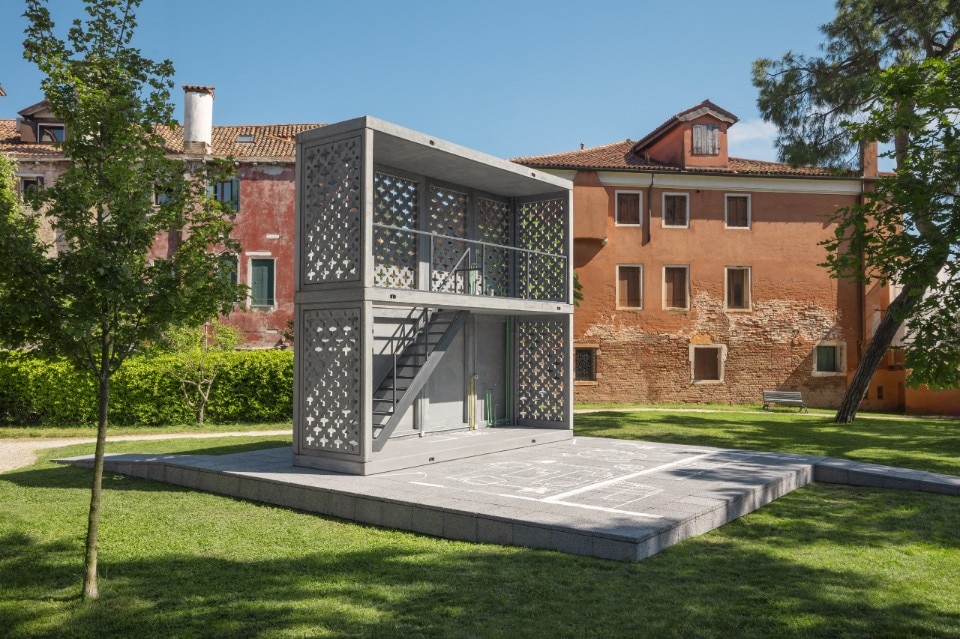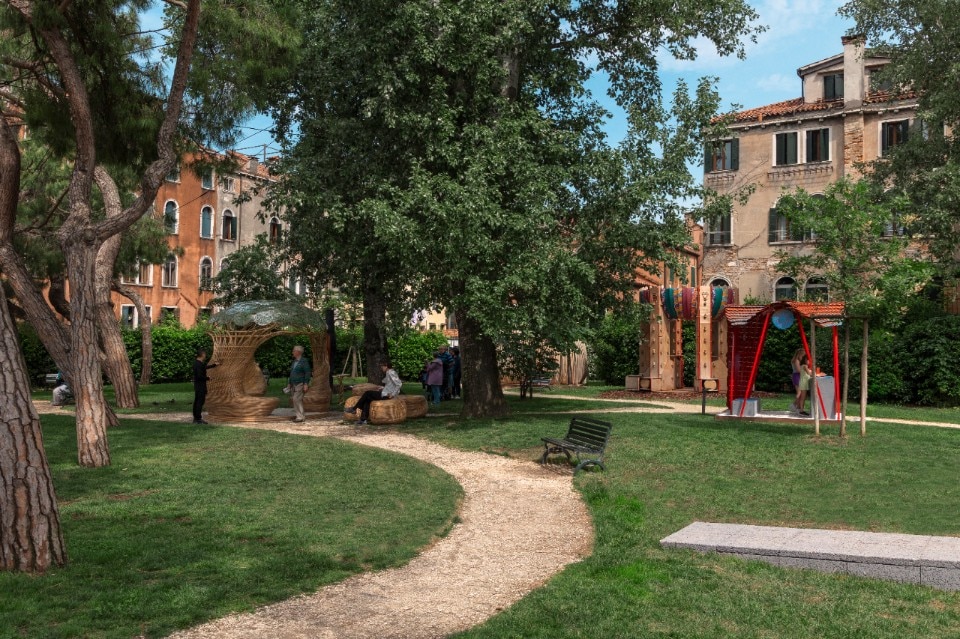Until November 23, 2025, Venice is the global hub for architectural discussion with "Time Space Existence." This biennial exhibition, spearheaded by the European Cultural Centre, features projects from 52 countries, all focused on "Repairing, Regenerating, and Reusing" for a more sustainable future.
Venice is currently hosting “Time Space Existence,” an event where architecture presents itself as the guardian of the future. The exhibition, now in its seventh edition and organized by the European Cultural Centre (ECC), features a staggering 207 participants from 52 countries and takes place in the prestigious venues of Palazzo Bembo, Palazzo Mora, and Marinaressa Gardens.
The 2025 edition is far more than just an exhibition; it's a powerful statement, a programmatic manifesto centered on the core principles of "Repairing, Regenerating, and Reusing." This isn't just a theme; it's a direct call to action for architects, designers, and researchers to propose tangible solutions for the pressing environmental, social, and cultural challenges we face today. Here, architecture is seen as a potent catalyst for change, driving us towards a more sustainable and equitable future. The goal is to embrace a regenerative approach that puts reuse and repair at the very heart of architectural practice.

The projects on display vividly illustrate how architecture can be a driving force for environmental and social repair. They range from the adaptive reuse of existing structures to groundbreaking innovations in materials (with a strong emphasis on low-impact or recycled options) and the development of impactful community-led interventions. Think Vuild in Japan, with its forest management and digital fabrication, or Collectif Carré Noir's work on re-territorializing human practices. Another highlight is the partnership between Holcim and Elemental, delivering affordable and scalable housing solutions.
A particular focus is placed on indigenous architectural practices, which are inherently sustainable and deeply respectful of the environment. This is beautifully showcased by Blouin Orzes's collaborations with Inuit communities in Canada and the Semillas organization, which ingeniously blends architecture with pedagogy in Lima. Even nature itself is viewed as a collaborator in the design process, as exemplified by Henriquez Partners Architects, who drew inspiration from a sea sponge for a skyscraper, and by the collaborative efforts of the Virginia Tech Honors College and Cloud 9 to restore biodiversity in the Venice lagoon.

The biennial exhibition champions the revitalization of local materials, traditional craftsmanship, and cultural heritage. The Mexican studio Materia, for instance, focuses on restoring historic buildings. A interiors presents a captivating installation inspired by a desert farm in Riyadh, while María Isabel Paz transforms urban fragments of Quito into compelling visual narratives through intricate hand-knotted carpets.
Technological advancements are explored through cutting-edge projects that push the boundaries of construction. These include adaptive and reusable modular systems developed by the University of Calgary in collaboration with Zaha Hadid Architects, the creative use of waste wood by Coburg University for a pavilion, and GRAS and Huguet's innovative exploration of terrazzo tiles.
Finally, the exhibition delves into the intersection of ecological restoration and cultural reappropriation. It presents projects that rethink landscapes as dynamic systems and bravely challenge colonial practices, such as Harvard's Plantation Futures and Roots of Hope, which envisions a regenerative future for Gaza. A strong commitment to human-centered design and inclusivity ties many of the projects together, consistently placing individual well-being at the forefront. This is evident in Thomas Jefferson University's explorations of the link between health and architecture, DLR Group's Tactile installation for neurodivergent individuals, and Adjaye Associates' design for a pediatric cancer research center in Ghana.

"Time Space Existence" promises to be a living laboratory, a vital platform for ideas and projects that are redefining the role and responsibility of architecture today. It's an invitation to reflect on architecture's transformative power: its ability to repair dysfunctional systems, regenerate natural and social environments, and creatively and innovatively reuse existing resources.
- Event:
- "Time Space Existence"
- Organized By:
- ECC Italy
- Dates:
- Until 23 november 2025
- Location:
- Palazzo Mora, Palazzo Bembo, Marinaressa Gardens, Venice


